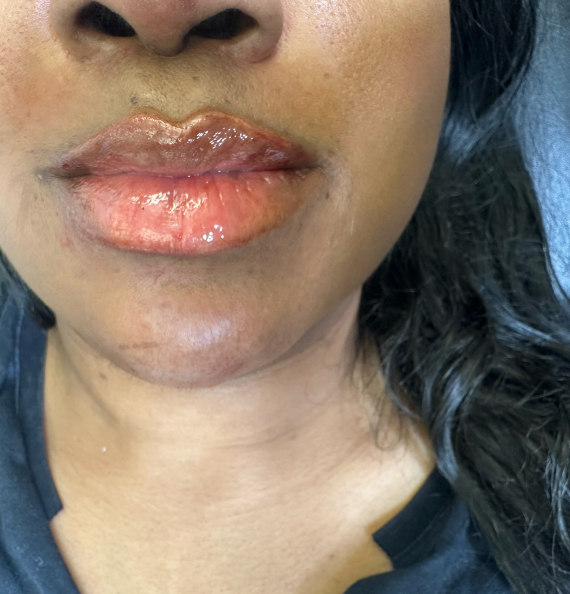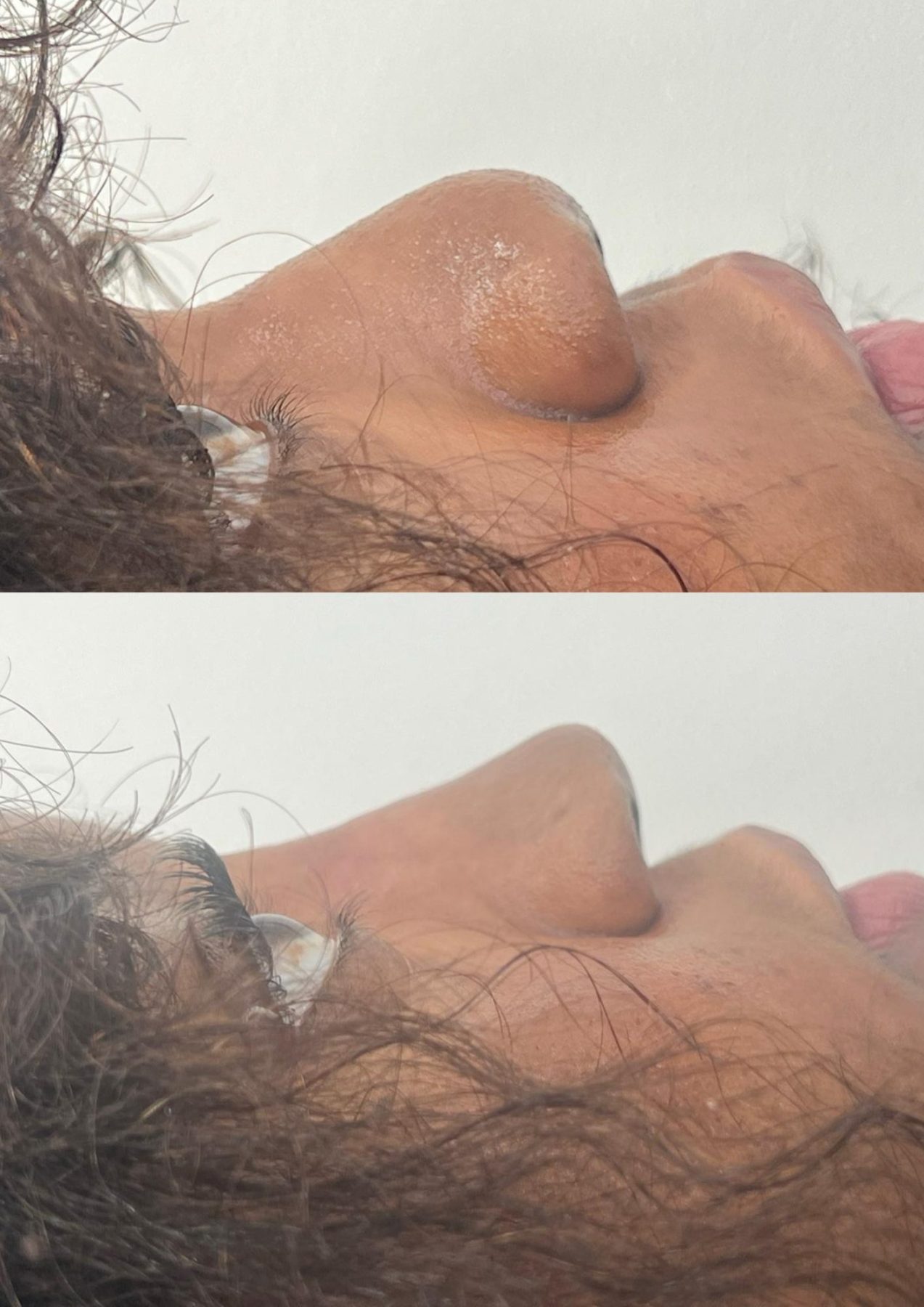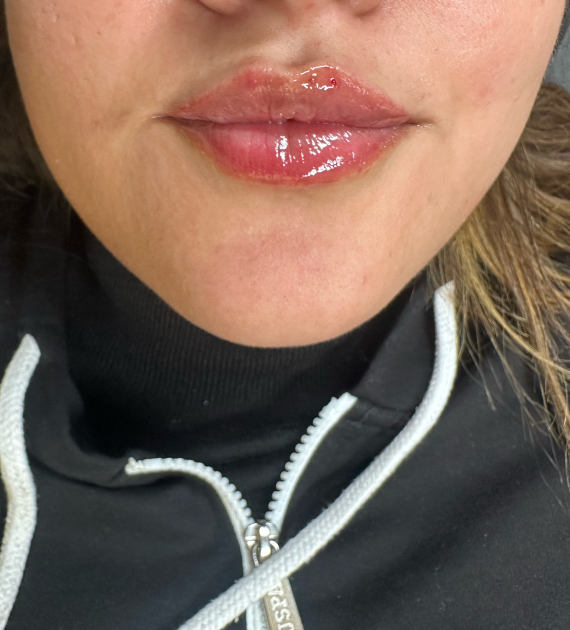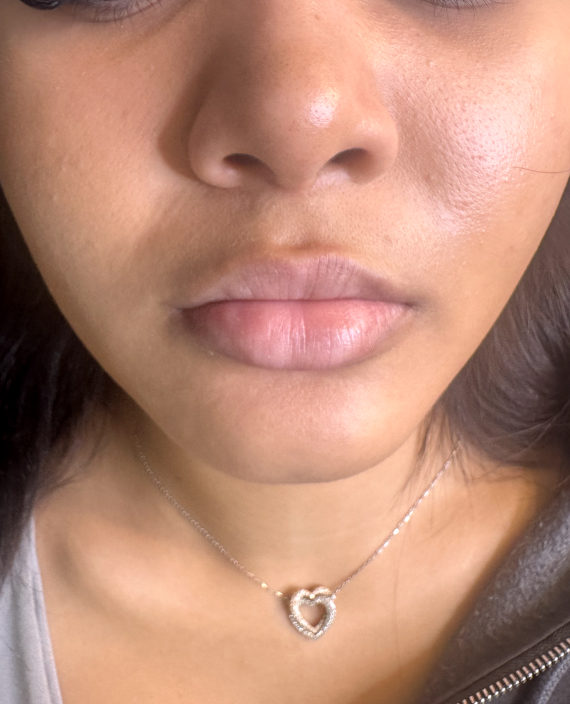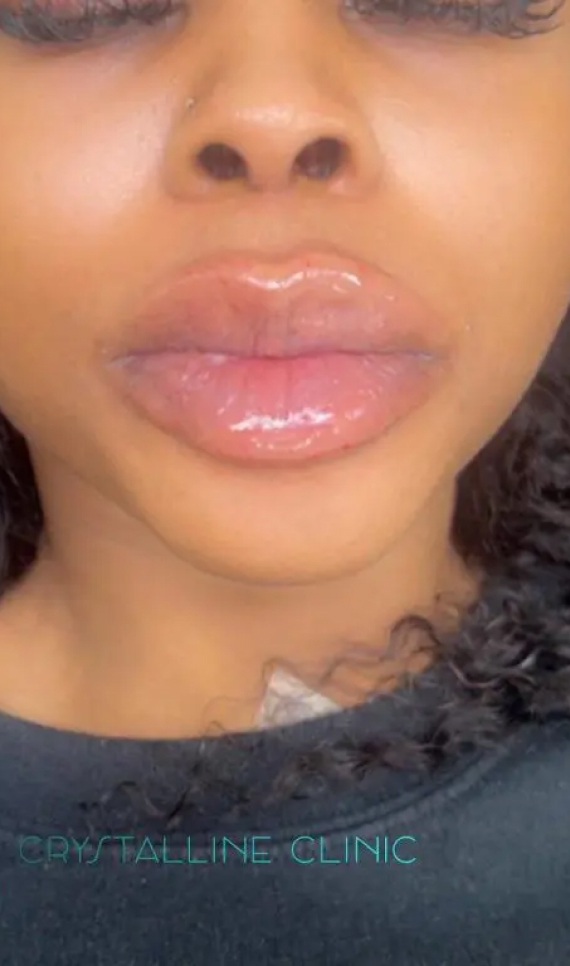Dermal fillers are on a massive rise. As the second most popular non-surgical procedure, dermal fillers account for a staggering 30% of all non-surgical operations. However, before jumping on the trend and scheduling your appointment, it is vital you understand the ins and outs of dermal filler. In this guide to dermal fillers, we will arm you with the knowledge necessary to help you make more informed decisions and most importantly, prioritize your health and safety.
What Are Dermal Fillers?
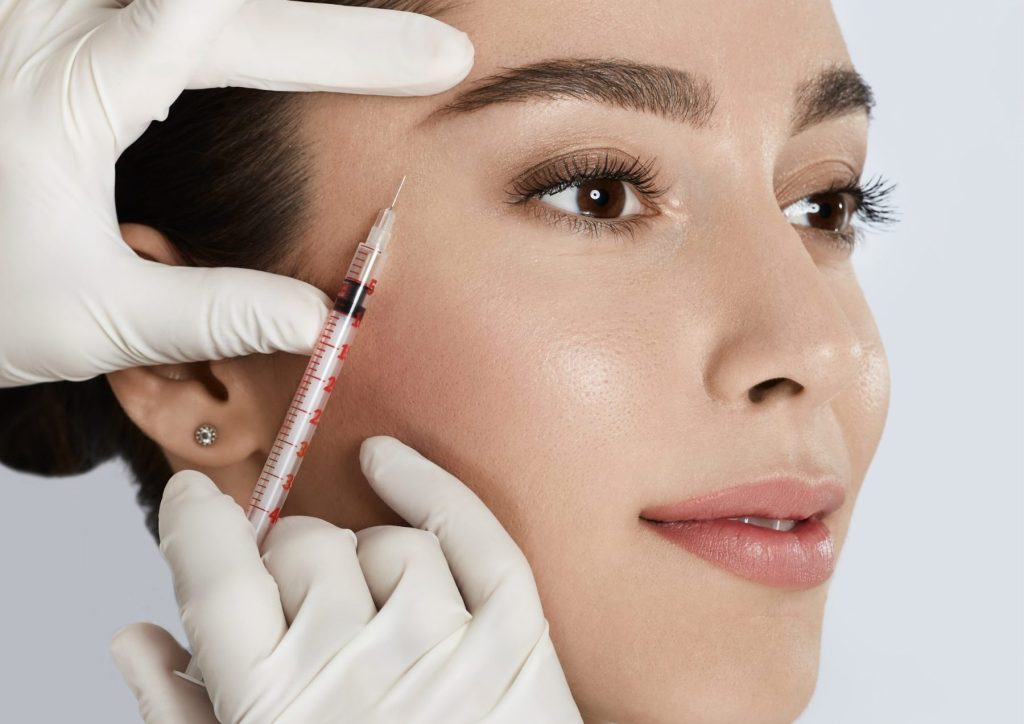
Dermal fillers are substances injected just under your skin. They are a non-surgical way to remove any wrinkles or plump up the volume in your face. Patients tend to choose dermal filler treatments to restore any lost volume in their faces caused by aging or to enhance their facial features.
Various dermal filler treatments are available to suit the patient’s needs. They include:
- Hyaluronic acid – A natural substance found in your body, predominantly around the eye area and some joint fluids. It is one of the most popular types of dermal fillers, primarily used to reduce the appearance of skin imperfections such as scarring, injuries, or wrinkles.
- Calcium hydroxylapatite – A biosynthetically-produced substance used to treat moderate to severe cases of folds and wrinkles as well as improve any fat loss signs in HIV patients.
- Polyalkylimide – A semi-permanent dermal filler used to plump up lips, enhance the jawline, and treat more severe cases of wrinkles such as nasolabial folds.
- Polylactic acid – Polylactic Acid, known as a stimulator, works by boosting the body’s natural collagen production. It is particularly effective in filling nasolabial folds and enhancing volume in the lower half of the face.
Benefits of Dermal Fillers
There are many reasons as to why a patient may consider dermal filler treatment. The results are seen immediately and tend to last anywhere between 12 – 24 months depending on the treatment done.
Here’s a quick guide to dermal filler benefits and results you can expect
- Enhanced the volume of your features
- Immediate results
- Smoothing of wrinkles and fine lines
- Enhanced facial contours
- Restoration of lost volume
- Non-surgical
- Correction of asymmetry
- Long-lasting effects
- Customizable treatment
- Natural-looking results
- Boost in confidence
- Improvement in skin texture
- Compatibility with all skin types
- Safe and FDA-approved ingredients.
Dermal fillers offer an effective solution for many cosmetic concerns. Whether you’re looking to enhance your features, restore lost volume, or refresh your appearance, dermal fillers can be an immediate solution with lasting, sometimes semi-permanent results.
Things to Consider Before Your Appointment
Research and Consultation
The most crucial consideration before your dermal filler appointment is finding a qualified medical practitioner to administer it. Ensure you discuss your aesthetic goals as well as any concerns you may have during the consultation. It is important to know about the type of filler being used to remove any concerns regarding allergies.
It is vital that the practitioner assesses your individual needs and can provide professional guidance. A qualified and professional practitioner will be able to advise you on whether certain procedures may be detrimental to your health or overall appearance. It is crucial to trust the practitioner’s judgment and expertise in this regard to achieve safe and satisfactory results from your treatment.
Understanding the Procedure
The procedure generally involves an anesthetic being used to numb your skin followed by an injection of the dermal filler into the treatment area. The area is then massaged.
A common misconception is that dermal filler treatments are painful. While they might be uncomfortable, dermal filler treatments should not be painful when done correctly.
Risks and Side Effects
While rare, as with all medical procedures, there are risks and side effects to dermal filler treatments. They can include:
- Bruising and swelling – Common immediate occurrences following dermal filler treatments. Any bruises or swelling typically disappear within a few days but can sometimes last up to a week.
- Infection – Although rare, it is possible for a dermal filler injection to cause an infection. To minimize this risk, it’s crucial to ensure that the treatment is administered by a trained and licensed medical practitioner in a sterile environment. At Crystalline Clinic, we pride ourselves on our commitment to patient safety, boasting a 0% infection rate.
- Lumpiness – In some cases, the dermal filler may clump up or migrate from the intended area. This can be fixed with a massage to redistribute the filler or in more severe cases, by administering additional treatment.
- Allergic Reaction – While rare, some patients may experience an allergic reaction to dermal filler in the form of a rash, itching, or swelling beyond the injection site.
- Necrosis – In very rare cases, it is possible for dermal filler injections to disrupt blood flow to surrounding tissues thus causing necrosis also known as tissue death.
It is vital to consult with a qualified medical practitioner when undergoing dermal filler treatment to minimize associated risks as much as possible.
Preparing for Your Appointment
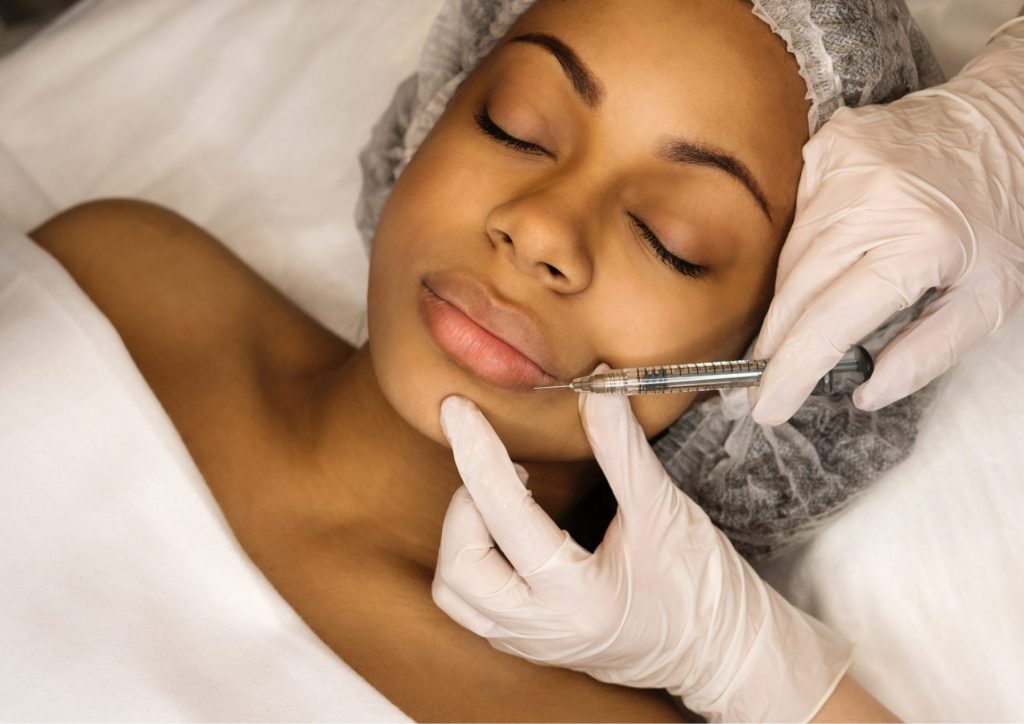
Preparing correctly for your dermal filler appointment is key in reducing potential risks and side effects. Here are some things you can do to make your appointment as smooth as possible.
- 4-6 weeks prior: Avoid any new tattoos, piercings, or vaccinations as these could affect both the strength of the body as well as the body’s ability to fight off infections.
- 1-2 weeks prior: Avoid any dental procedures or cleanings
- 24 hours prior: Avoid drinking any alcohol and consuming blood thinning medication (with the approval of your GP) as they can increase the risk of bruising. Avoid any anti-aging skincare products such as Retinol, Retinoid, Glycolic Acid as well as other exfoliating agents.
- Appointment day: Ensure adequate sleep, food consumption, and hydration to keep your body strong and keep yourself from getting dizzy/passing out. Arrive with a washed face and without any makeup.
Aftercare Tips
Some immediate aftercare tips involve:
- Avoid alcohol
- Avoid exposure to heat, such as hot showers, or the flame from the stove when cooking
- Avoid touching the treated area
- Avoid strenuous exercise for at least 24 hours (light exercise is ok)
- Avoid strong sunlight for at least 24 hours
Ensure you follow these along with any other instructions your medical practitioner gives you to avoid any potential side effects and make the recovery process as smooth as possible.
In the case of any unusual symptoms contact your practitioner immediately.
quick summary of our guide to dermal fillers
Understanding the nuances of dermal filler is paramount before scheduling your appointment. By familiarizing yourself with the information provided in this guide, you will be able to make more informed decisions and prioritize your health and safety.
Keep in mind the most essential step which is choosing a reputable medical practitioner to administer your dermal filler treatment. At Crystalline Clinic we pride ourselves in our qualifications and our commitment to patient health and safety, boasting a 0% infection rate.
Book your consultation today to begin your journey with dermal filler treatment and bring out your true birthright beauty.

